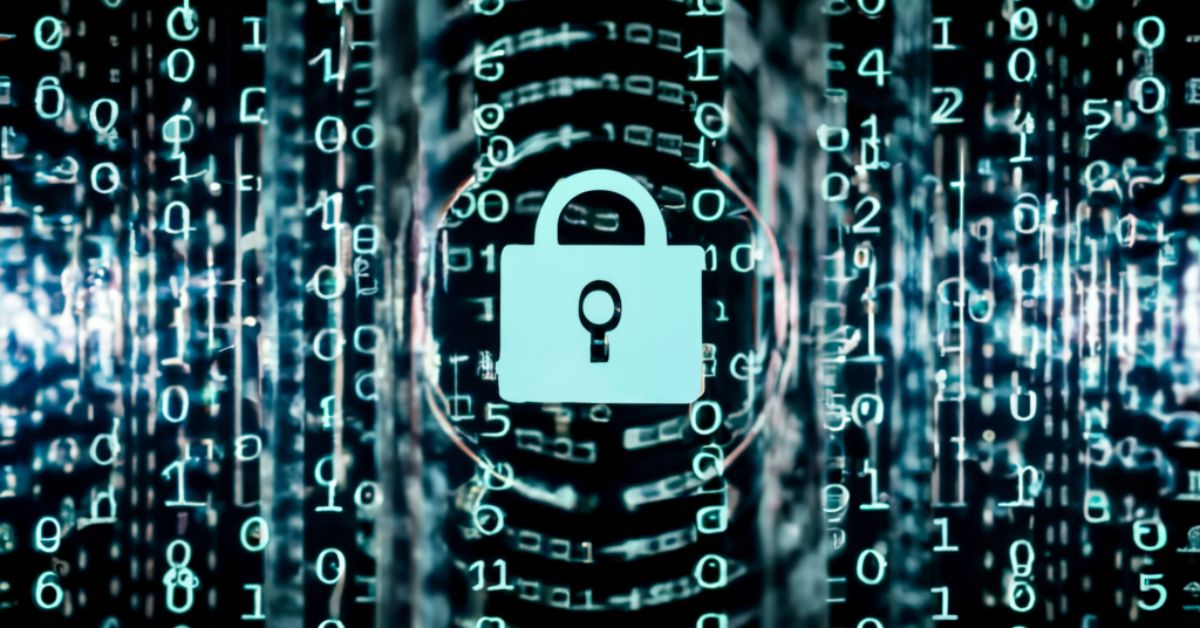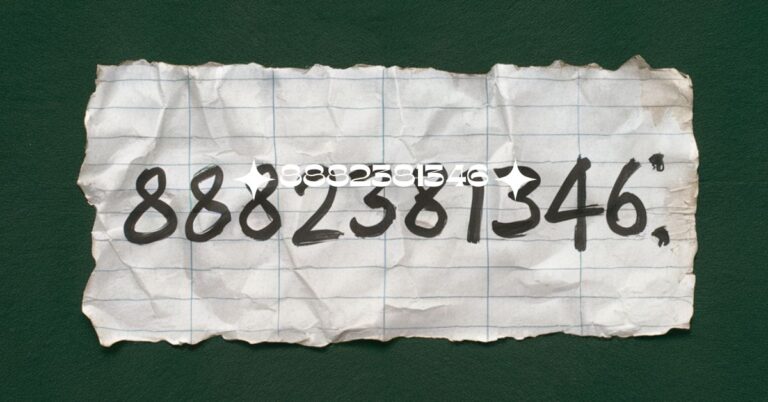9300120111410471677883 – Discover Its Hidden Significance!
I found a receipt labeled “9300120111410471677883” from a memorable trip I took years ago. It brought back the excitement of exploring new places and capturing unforgettable moments with friends.
The sequence “9300120111410471677883” could be a unique code or identifier used for tracking items, orders, or accounts in various systems. It may not have specific meaning without context, but such sequences often help manage and organize information in technology and logistics.
Join us as we explore what this number could mean and where you might encounter it in everyday life!
What Is The Significance Of The Sequence “9300120111410471677883”?
The sequence “9300120111410471677883” could serve as a unique identifier, reference code, or encrypted key in various contexts, such as databases, tracking systems, or cryptographic applications. Without additional context, its specific purpose or significance remains unclear, but such sequences are often used to store information, secure data, or track items within systems.
This sequence’s length and structure suggest it may be encoded for a particular purpose, possibly split into segments that represent different pieces of information. For instance, it might be used in logistics for order tracking, or within a technical field as part of an algorithm. In data security, sequences like this could function as part of a complex password or encryption key.
Is “9300120111410471677883” An Id Number, Code, Or Reference Number For Something?
Yes, “9300120111410471677883” could likely be an ID number, code, or reference number used for tracking or identifying something in a specific system. Sequences like this are often utilized in industries such as logistics, finance, or IT to represent unique items, transactions, or accounts. Its exact use, however, depends on the organization or platform where it is assigned and applied.
In many systems, such long sequences ensure each code is unique, minimizing errors and confusion. This sequence might also be split into parts, each holding specific information, such as region, type, or timestamp. Additionally, it could be a security measure, helping to authenticate or validate user access in a controlled environment.
Could “9300120111410471677883” Represent A Specific Date Or Time In A Unique Format?
- Potential Date Segmentation: The sequence might represent a date if broken into segments (e.g., year, month, day), though it would need a specific format to interpret correctly.
- Timestamp Encoding: It could function as a timestamp, especially in formats used by databases or software systems, representing date and time down to seconds or milliseconds.
- Custom Date-Time System: Some organizations use unique date-time formats, so this number might hold meaning in a proprietary or non-standard system.
- Lacks Standard Date Length: Its length suggests it may not follow typical date conventions (e.g., YYYYMMDD), making it less likely a straightforward date without extra context.
- Possible Julian Date Format: Some extended numbers relate to Julian dates in astronomy or technical fields, where long sequences encode date, time, and event markers.
Is There A Mathematical Pattern Or Formula Associated With “9300120111410471677883”?
Prime Factorization:
The number could be broken down into prime factors, which might reveal patterns or relationships used in cryptographic keys or algorithms. This approach is common in security and data encryption fields.
Fibonacci or Sequence Matching:
Checking if the number relates to sequences like Fibonacci or geometric progressions may hint at mathematical structuring. Such patterns are sometimes used to encode or compress information efficiently.
Modular Arithmetic:
It could be used in modular arithmetic, where large numbers are segmented to yield values in a specific range, often in cryptography. Modular arithmetic helps manage large numbers in secure communications.
Repeating Digits:
Observing repeating or sequential digits may indicate a purposeful pattern, like encoding multiple values or identifiers within a single sequence. Repetitions can signify grouped information or error-checking codes.
Checksum or Validation Pattern:
If used in data systems, it may include checksums or control digits to validate accuracy and prevent errors. Checksums are crucial in systems that require data integrity and verification.
Where Might I Encounter The Sequence “9300120111410471677883” In Daily Life?
You might encounter the sequence “9300120111410471677883” in various aspects of daily life, particularly in technology and logistics. For instance, it could appear as a tracking number on packages shipped via courier services, helping customers monitor their deliveries. In financial transactions, similar sequences are often used as reference numbers for invoices or receipts, ensuring accurate records.
Additionally, this type of sequence might be found in software applications, serving as a unique identifier for user accounts or data entries. In healthcare, such numbers can be associated with patient records or medication tracking systems. Lastly, it could also show up in digital platforms as part of a security code or encrypted access key, providing protection for sensitive information.
Is “9300120111410471677883” Related To A Specific Location Or Address?
No, the sequence “9300120111410471677883” does not appear to directly relate to a specific location or address based on its structure. Typically, addresses consist of recognizable components like street names, numbers, and postal codes, while this sequence lacks such identifiable features.
It may function as an identifier in a broader system, such as logistics or data management, but without additional context, it’s unlikely to correspond to a physical location. It might also be used in databases or systems that track items or records without geographical relevance.
Does “9300120111410471677883” Hold Any Significance In Popular Culture Or Media?
The sequence “9300120111410471677883” does not hold any widely recognized significance in popular culture or media, as it appears to be a unique numerical string rather than a cultural reference. Typically, popular culture references include iconic quotes, symbols, or character names that resonate with the public. This sequence lacks such familiarity, making it unlikely to be associated with films, music, literature, or other media forms.
If it were to gain attention, it might emerge through specific contexts, such as a viral trend or an internet meme, but as of now, it remains obscure. Without a clear connection to pop culture, the number is more likely utilized in technical or administrative domains rather than mainstream entertainment.
FAQs:
1. What Is The Significance Of The Sequence “9300120111410471677883”?
The significance is unclear without additional context; it may be a unique code or identifier.
2. Is “9300120111410471677883” An Id Number, Code, Or Reference Number For Something?
It could be an ID or reference number used in a specific system or organization.
3. Could “9300120111410471677883” Represent A Specific Date Or Time In A Unique Format?
Possibly, though the length suggests it may not directly correlate to a standard date format.
4. Is There A Mathematical Pattern Or Formula Associated With “9300120111410471677883”?
There doesn’t appear to be an obvious pattern, but it could involve a specific algorithm.
5. Where Might I Encounter The Sequence “9300120111410471677883” In Daily Life?
It may appear in a database, bar code, or as a tracking or reference number.
Conclusion:
In conclusion, the sequence “9300120111410471677883” serves as an intriguing example of how seemingly random numbers can hold significance in various contexts. While its exact purpose remains unclear without additional information, it likely functions as a unique identifier in technology, logistics, or data management.
Whether as a tracking number, an ID, or a reference code, such sequences help streamline processes and maintain organization. Although it may not hold cultural significance, it highlights the importance of numbers in our daily lives.






